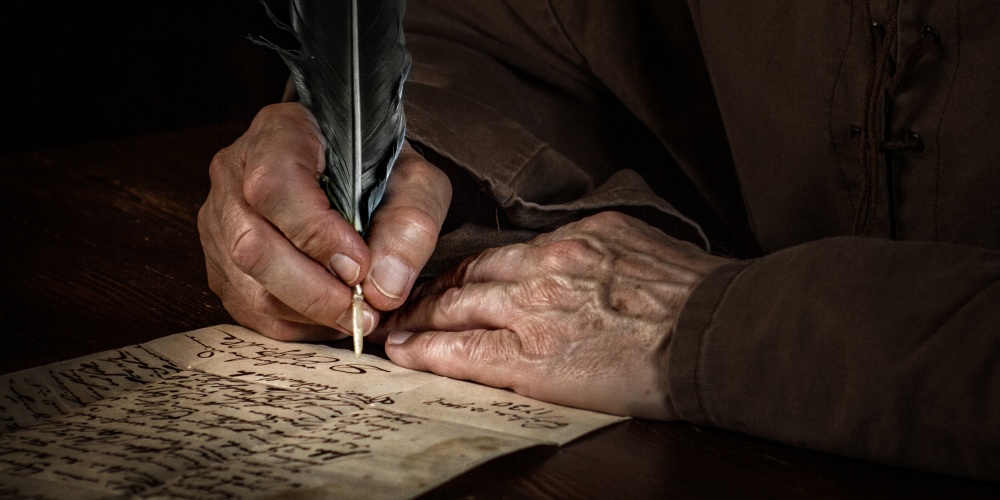
The central theme of Sefer Shemot is the formation of the Jewish people as a nation. The group of 70 individuals who descended to Egypt quickly became a nameless, faceless people and were easily taken advantage of by the Egyptian people. As the spiral of assimilation worsened, a great leader emerged who, under the direction of G-d, redeemed them and led them to Sinai, where the Jewish nation was given its historic mission.
If exile and redemption is the theme of Shemot then it is unclear why the details regarding the construction of the Mishkan, and the clothing of the kohanim who served there, doing in Sefer Shemot? Would they not be more appropriately recorded in the book of Vayikra, which has as its central theme the sacrifices that were brought to the Temple?
Furthermore, the latter part of the Sefer Vayikra would seem more appropriate in Sefer Shemot. The end of Vayikra contains such laws as those relating to Passover, remembering the exodus, the treatment of slaves including granting them freedom in the jubilee year, and the command to love our neighbours as ourselves. The book ends with the verse "these are the commandments that G-d gave Moshe for the Israelites at Mount Sinai". Surely a modern-day editor would have transferred parts of Sefer Vayikra to Sefer Shemot and would have put the details regarding the Mishkan as part of Sefer Vayikra. Why did the Divine author not do the same?
While we might like to divide the Torah into its religious, ritualistic elements and those of an ethical nature, into mitzvot between man and G-d and man and man, the Torah apparently knows of no such distinctions. These are not separate areas of law[1]. Our relationship with man and our relationship with G-d are flip sides of the same coin. As man is created in the image of G-d how we treat man says much about what we think about G-d. Serving man is the way we serve G-d.
In addition to reminding us of our obligations to G-d, our religious rituals are an additional way to teach the ethical responsibilities we have to man. Eating matza teaches the importance of ensuring all are free, and that we treat the stranger lovingly. Shabbat mandates we give our workers free time, the mezuzah that our home must be welcoming to guests and fasting on Yom Kippur sensitizes us to feed the hungry, as the Sukkah sensitizes us to the needs of the homeless[2].
The laws of the Mishkan are surrounded by laws regarding our obligations to man. Parshat Mishpatim which immediately precedes the five parshiot of the Mishkan details the laws which guarantee the proper functioning of society, laws between man and man. If our relationship with our fellow man must be exemplary before we enter the Mishkan it must become even better after we worship there. “Make sacral vestments for your brother Aharon, l'kavod v'tiferet, for honour and glory” (Shemot 28:2). The kavodand tiferet, the honour and the glory that are the clothes of the kohen gadolmust inspire us to give honour and glory to others, to at a bare minimum ensure all have clothes to wear[2].
The description of the Mishkan, of the sacrifices that are to be brought there, and the role of the kohanim, is followed by chapter 19[4]of Vayikra, the chapter the Rashi (Vayikra 19:2) says “contains the majority of the essence of the Torah”, containing such mitzvot as honouring one's parents, paying workers on time, the prohibition of gossiping, of misleading others or to take revenge. It is here that the Torah commands us to "love our neighbour as ourselves" which represents the pinnacle of being an observant Jew. The Mishkan, G-d’s dwelling place, must be surrounded by the laws of interpersonal relationships. It is no coincidence that lost items were brought to the Temple so that the rightful owner could claim them.
The Torah was edited with great precision. The grandeur of Sinai and the dare I say boring details of Mishkan are one and the same theme – ensuring all are treated with kavod and tiferet.
[1] The interconnectedness between laws between man and man, and man and G-d are beautifully expressed in the horizontal reading of the Aseret Hadibrot which we expound upon here.
[2] The homeless are not just those who literally do not have a roof over the head. Taking care of the needs of the homeless means having affordable housing for all – something that despite the unprecedented wealth of today, so many cities are failing at. It is nice to invite Avraham and the ushpizin to our Sukkah – it is even nicer to ensure the Sukkah is but a temporary structure to be lived in no more than seven days a year.
[3] To receive emails asking one to donate to provide better clothing for the dear soldiers fighting in Gazza and beyond means that we must pay closer attention as we read the detailed description of the clothing of the priests in the Temple.
[4] While the division of the Torah into chapters is a Christian division, the Jewish division into parshiot contains these most important laws.
